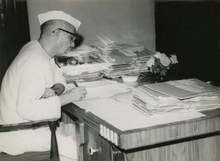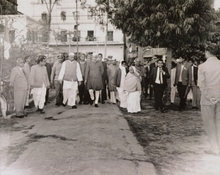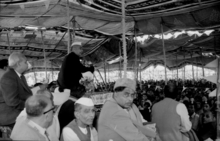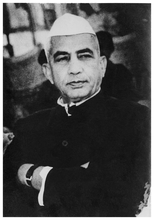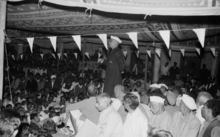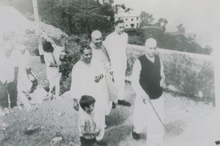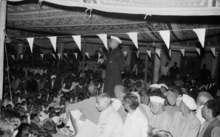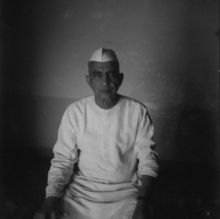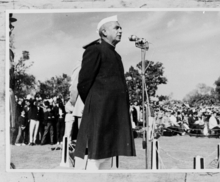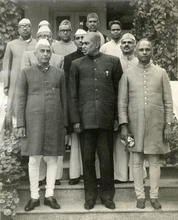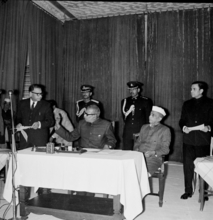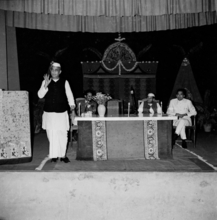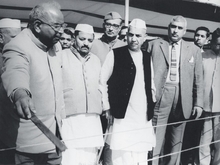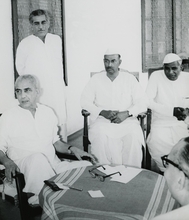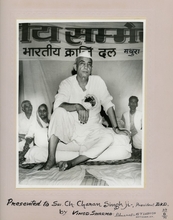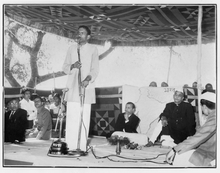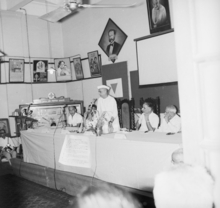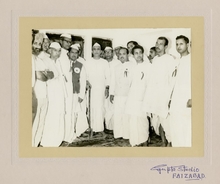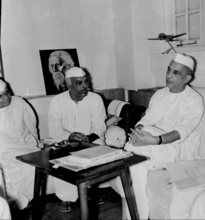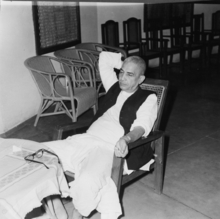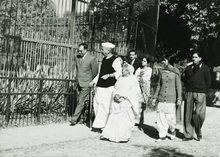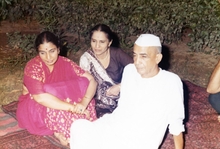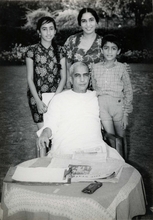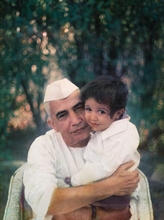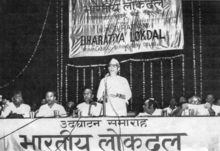
Two political storms raged in the late 1960s in India: the start of the crumbling of the Indian National Congress’, and the groundswell of political consciousness amongst the country’s socially weaker sections. These two would springboard socio-political developments in the decades to come.
The Bhartiya Kranti Dal (BKD), an amalgam of these powerful twin forces, was to transform politics and engender a third space in UP’s politics that Congress dominance had stifled. Founded in 1967 by a motley of non-Congress ideologues, it positioned itself uniquely as a party of the peasantry, discursively creating a political identity around the “kisan” which reverberates in Indian politics to this day. This move also gave it a mandate entirely distinct from the Congress’ pro-capitalist, pro-zamindar agendas no matter the rhetoric to the contrary. At the same time, under Charan Singh’s leadership, the BKD became a broker of coalitions and alliances which went beyond ideological lines. The likes of such an experiment had not been seen in India before. Despite these achievements, the party has been relegated to relative obscurity in the political economy of independent India.
In the following timeline, we piece together the history of the party, the phases of its evolution and developments in Indian politics it was simultaneously shaping and responding to. We rescue the BKD from the charge of regionalism — its vision was always pan-Indian, nationalist and Gandhian — and of having caste and class skew in UP. We bring to the attention of the discerning reader three clear trends through which the BKD and Charan Singh evolved: the initial distance and détente with the Congress, vision of a new party based on a rural and agrarian agenda, early experiences in the building of coalitions as in the Samyukt Vidhayak Dal, and finally the creation of a party on which these agendas could be realised.
The first phase is 1967-1968, ending with Charan Singh’s resignation as the Chief Minister of Uttar Pradesh and the fall of the SVD. The second phase is 1968-69 where Charan Singh works hard to evolve the party beyond an alliance of regional units. This period brings novel experiments in the creation of a national party as Singh dwells on both the BKD’s internal structure and doctrinal lines while also envisioning a broad-based merger of non-Congress parties and consolidate the fragmentation of votes for the opposition to the Congress. Forging these ideas in the crucible of a delicate and volatile coalition like the SVD, he had grown cold to the idea of multi-party rule in India. The BKD tried to effect mergers with multiple parties in this period, but to little effect. These attempts do still have a lasting effect on his political thought and ability to bring disparate groups together under a single flag.
The third, and the most significant phase of the BKD begins with the split of the Congress in 1969, the start of the rise of Indira Gandhi to absolute dominance, loss of Congress Uttar Pradesh state unit’s autonomy to her power, and Kamlapati Tripathi’s tenure. The latter brought with it a spell of casteism, venality and anti-minority violence which allowed the BKD to significantly broaden their mandate to Scheduled Castes and Muslims. This gave the party and Singh a real mass-base and presented it as a viable alternative to the two warring Congress factions. This phase ends with the merger of several parties towards the creation of the Bharatiya Lok Dal in 1974. What is notable across these phases is his unshakable principled politics, from which he was undeterred irrespective of the direction the political winds were blowing. Singh also perfects in this period the art of manifesto writing where he wields the fruits of his intellect and deep interest in the Indian political economy while simplifying these sophisticated ideas to enable him reach a largely unlettered audience. These manifestos reflect a confident and clear political voice, functioning both as a critique of Nehru and Indira Gandhi’s tenure in power and a pragmatic vision for the future that would culminate in the political vision of the Janata Party in 1977.
The documents provided here create a public archive of this critical phase in Uttar Pradesh, presenting perspectives from a historical figure whose words are seldom heard today. The task of no public archive would be complete without liberating these documents from their incarceration in filing cabinets. Bringing them to a wider reading public is the foremost objective of the Charan Singh Archives.
The timeline is also furnished with never-seen-before pictures from the family’s own archive.


